5 things I didn't know about urban wildfires
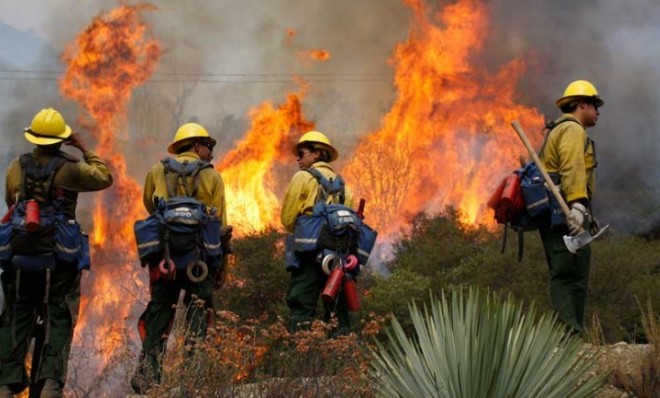

Fighting fires is simple but not easy. Yes, you put the wet stuff on the red stuff, and then the rest will take care of itself. The fires that matter out here in Los Angeles aren't confined to houses or empty lots. They're sparked, seemingly at random, grow almost exponentially, and are fiendishly hot little devils to contain and extinguish. In some ways, given the availability of oxygen and brush, it's almost miraculous that urban wildfires don't do nearly the amount of damage that they could.
Here are some things I didn't know about how complex the fires out here are.
1. Their frequency and potency are man-made. Not arson, but as a consequence of both over-development (which is predictable) in dry-as-sin mountainous foothills and because of early "mastication" and clearing efforts themselves: To contain and prevent fires, we've essentially replaced the fuel of brush with the fuel of other plants that are even more incendiary. In Southern California, so-called "prescription burning" or pre-emptive burning has made actual fires worse.
The Week
Escape your echo chamber. Get the facts behind the news, plus analysis from multiple perspectives.

Sign up for The Week's Free Newsletters
From our morning news briefing to a weekly Good News Newsletter, get the best of The Week delivered directly to your inbox.
From our morning news briefing to a weekly Good News Newsletter, get the best of The Week delivered directly to your inbox.
2. The biggest fire threat to homes during forest fires aren't from fires themselves. They're from wind and embers. They don't burn trees; they burn leaves that have dropped from trees. So — fireproofing your yard by raking regularly (even in the gutters) is probably the most efficient way to protect against brush fires. Clearing leaves isn't the be all and end all; neither is clearing everything, because that invites flammable weeds. Clearing a house or building a defensive firebreak has to be done very smartly. It's a science, but it's a science that can be useful and property-saving if applied correctly.
3. Small forest fires are common but huge ones are black swans. So counties in California play a risky game by under-funding urban wildfire resources. The newer equipment, the more well-trained a firefighter is, the better radio communications they have — all that matters. San Diego County, quite libertarianly, spends much less per capita on wildfire preparation and resources than Los Angeles County does. What tends to happen in forest fires is that the state's mutual aid requirements kick in, and L.A. winds up subsidizing its government-averse neighbors (Orange County, Riverside County, etc) with its own resources.
4. Tiny spy gadgets can help prevent fires. The earlier the fire is detected, the easier it is to contain. So the best way for government to get a bang for its buck would be to invest in thermal imagers with radio transmitters than can detect fires in out-of-the-way areas before human do. Combined with meteorology and satellite imagery, it's possible to predict how and where a fire will grow, and even how to best fight it.
5. There is no agreed-on set of "best practices" for fighting urban wildfires, even though there are mutual aid guidelines, a ton of fire science and scientists working on the problem, and a lot of fires to fight. For example, some counties will immediately fight any fire they come across, while others will wait, depending upon the conditions. Sometimes it makes sense to let fires grow, even dangerously so, naturally, because efforts to contain them will create conditions that allow them to spread chaotically if the containment fails.
A free daily email with the biggest news stories of the day – and the best features from TheWeek.com
Marc Ambinder is TheWeek.com's editor-at-large. He is the author, with D.B. Grady, of The Command and Deep State: Inside the Government Secrecy Industry. Marc is also a contributing editor for The Atlantic and GQ. Formerly, he served as White House correspondent for National Journal, chief political consultant for CBS News, and politics editor at The Atlantic. Marc is a 2001 graduate of Harvard. He is married to Michael Park, a corporate strategy consultant, and lives in Los Angeles.
-
 Political cartoons for December 14
Political cartoons for December 14Cartoons Sunday's political cartoons include a new White House flag, Venezuela negotiations, and more
-
 Heavenly spectacle in the wilds of Canada
Heavenly spectacle in the wilds of CanadaThe Week Recommends ‘Mind-bending’ outpost for spotting animals – and the northern lights
-
 Facial recognition: a revolution in policing
Facial recognition: a revolution in policingTalking Point All 43 police forces in England and Wales are set to be granted access, with those against calling for increasing safeguards on the technology
-
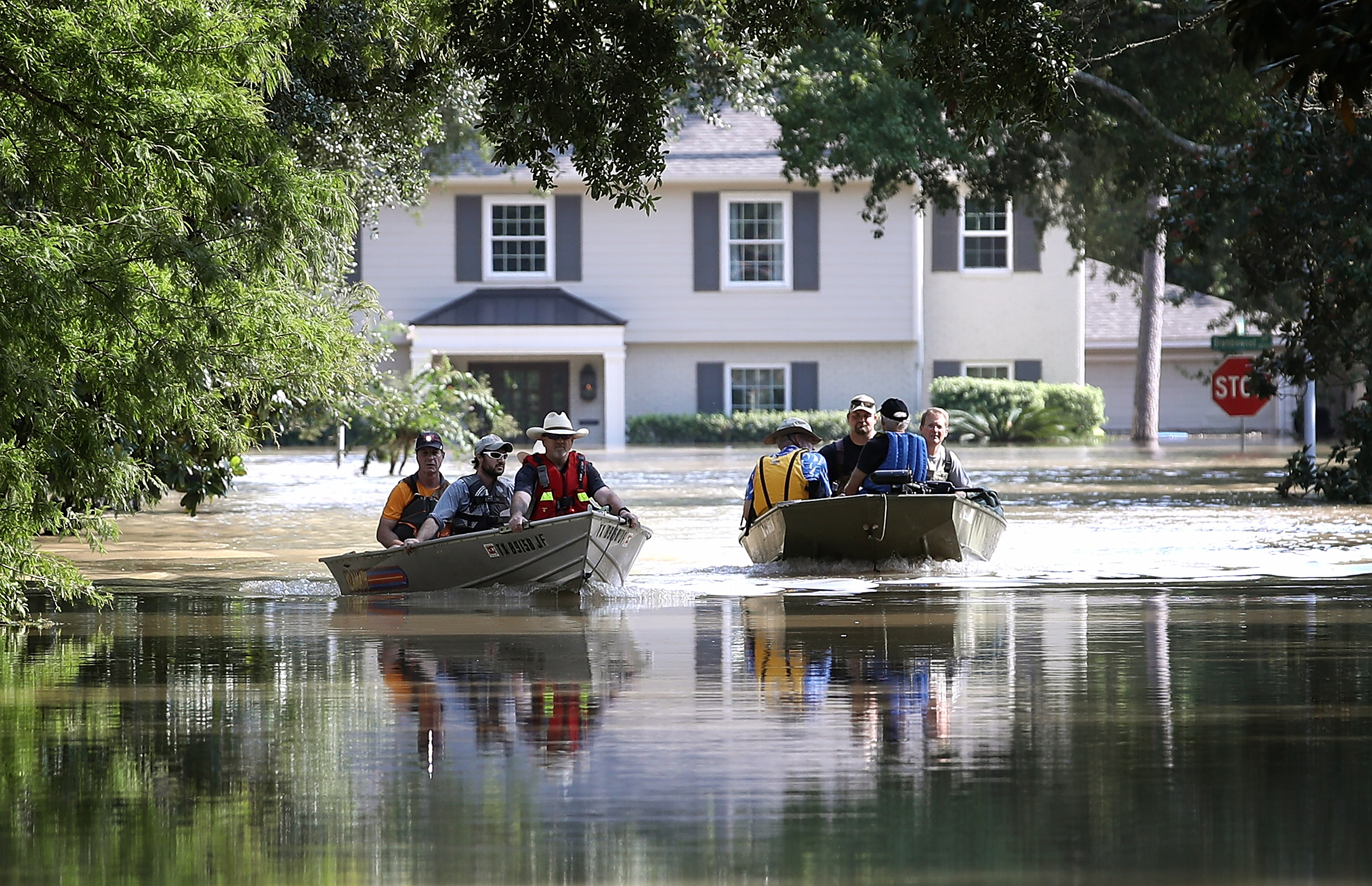 America's flood epidemic
America's flood epidemicThe Explainer Severe flooding is becoming increasingly common in the U.S. — and more destructive
-
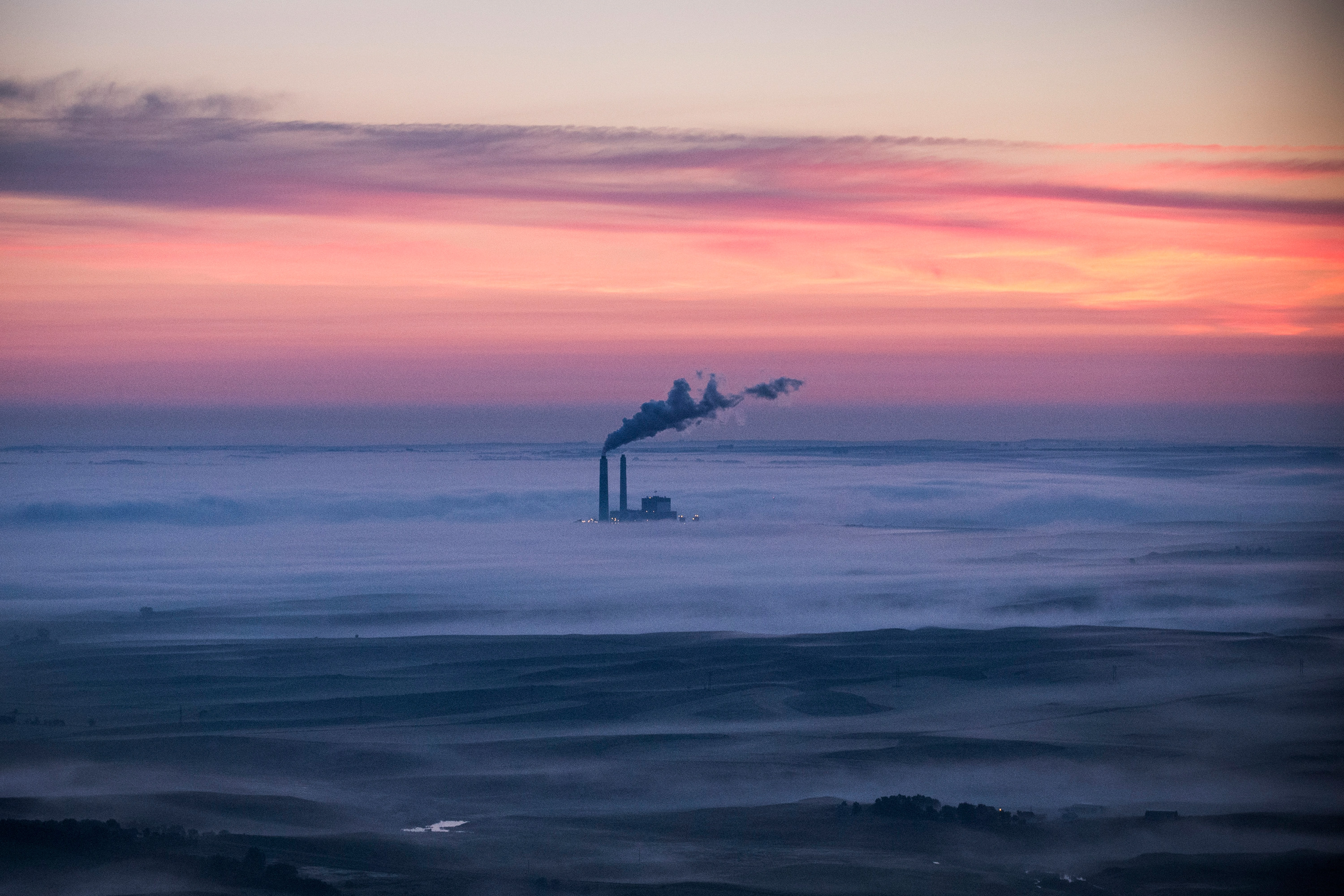 The EPA's changing mission, explained
The EPA's changing mission, explainedThe Explainer After decades of dramatic successes — as well as failures — the Environmental Protection Agency is at a crossroads
-
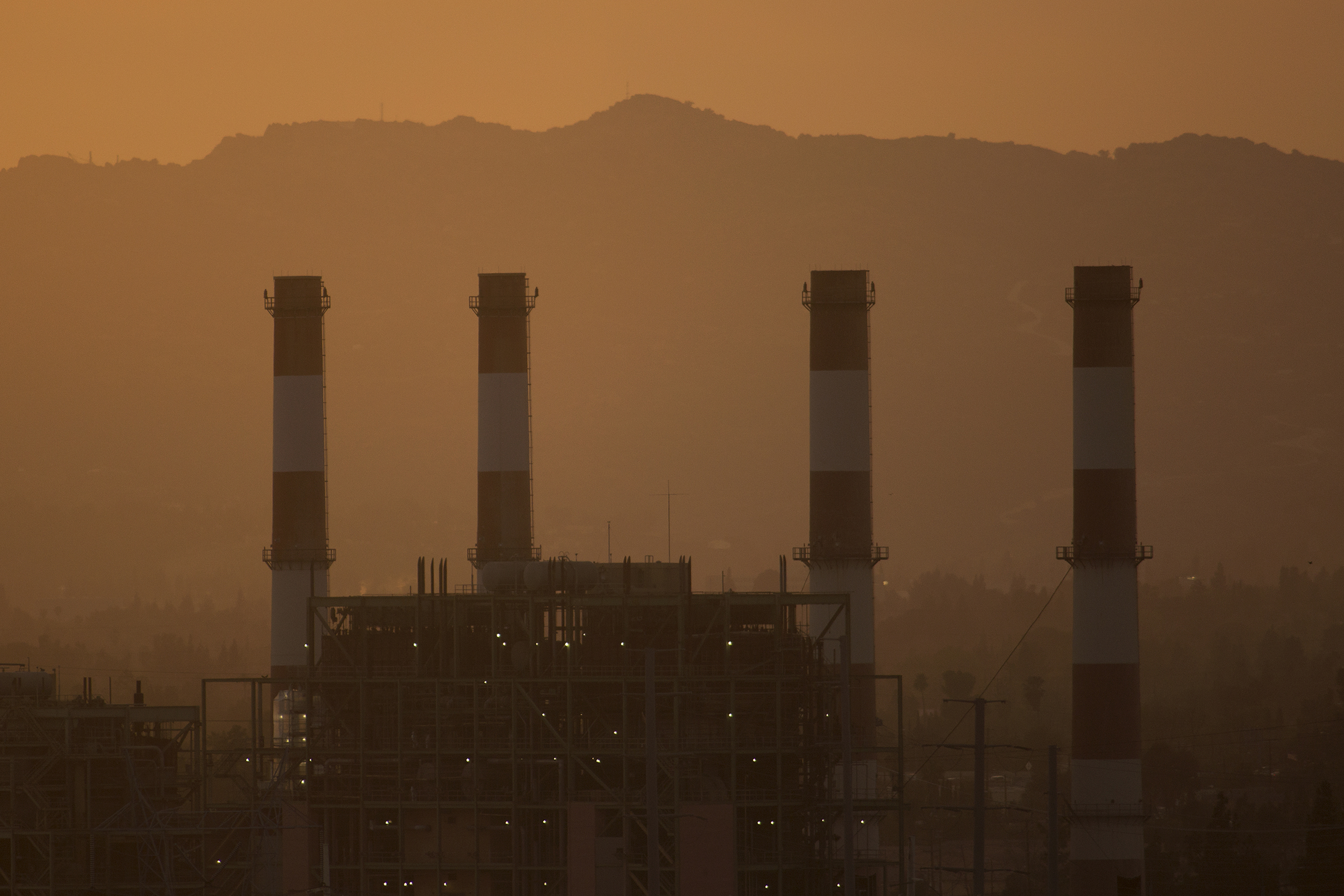 The EPA's changing mission, explained
The EPA's changing mission, explainedThe Explainer After decades of dramatic successes — as well as failures — the Environmental Protection Agency is at a crossroads
-
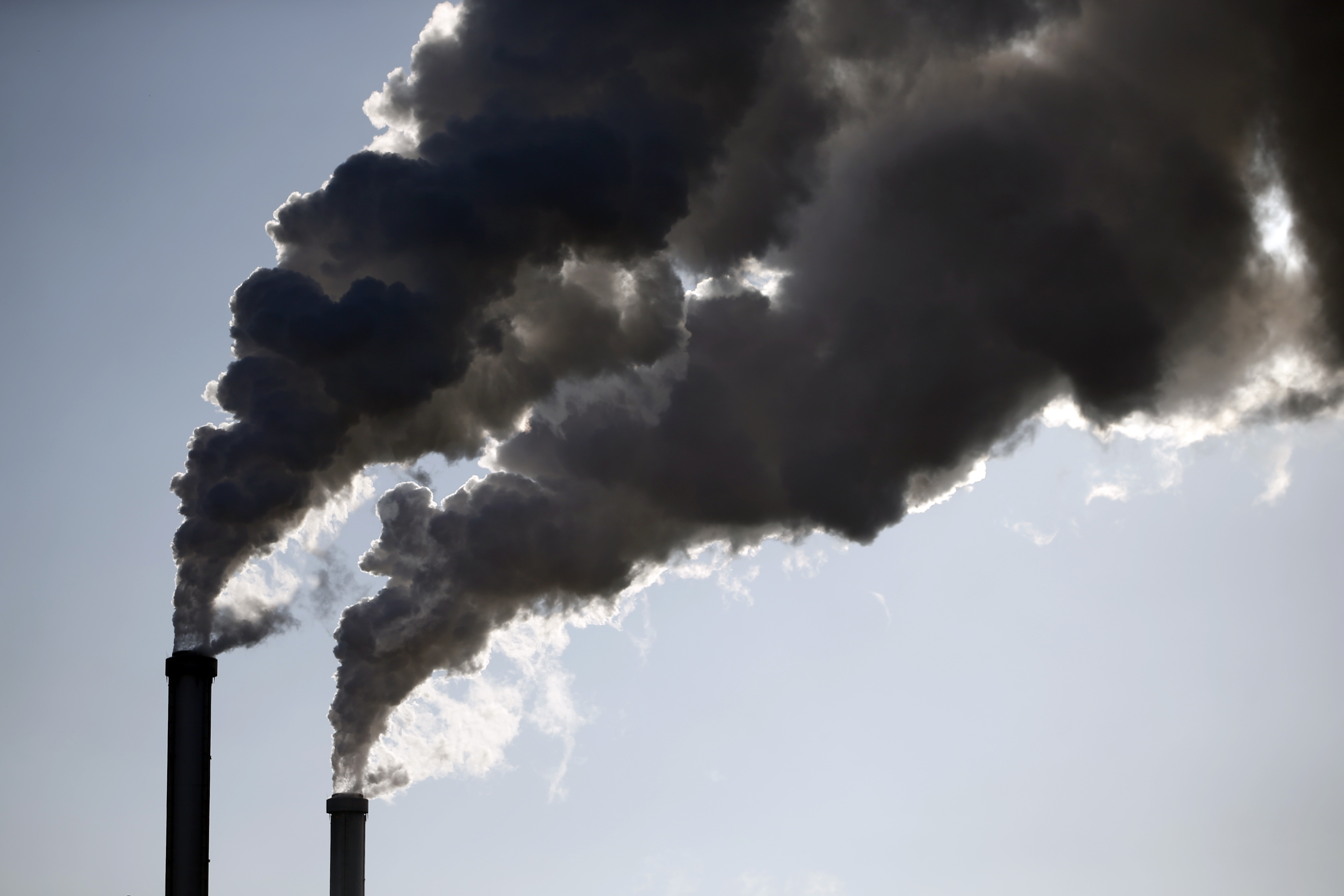 The Paris climate summit: A brief guide
The Paris climate summit: A brief guideThe Explainer More than 190 countries will gather in Paris on Nov. 30 to try to slow climate change. Is it too little, too late?
-
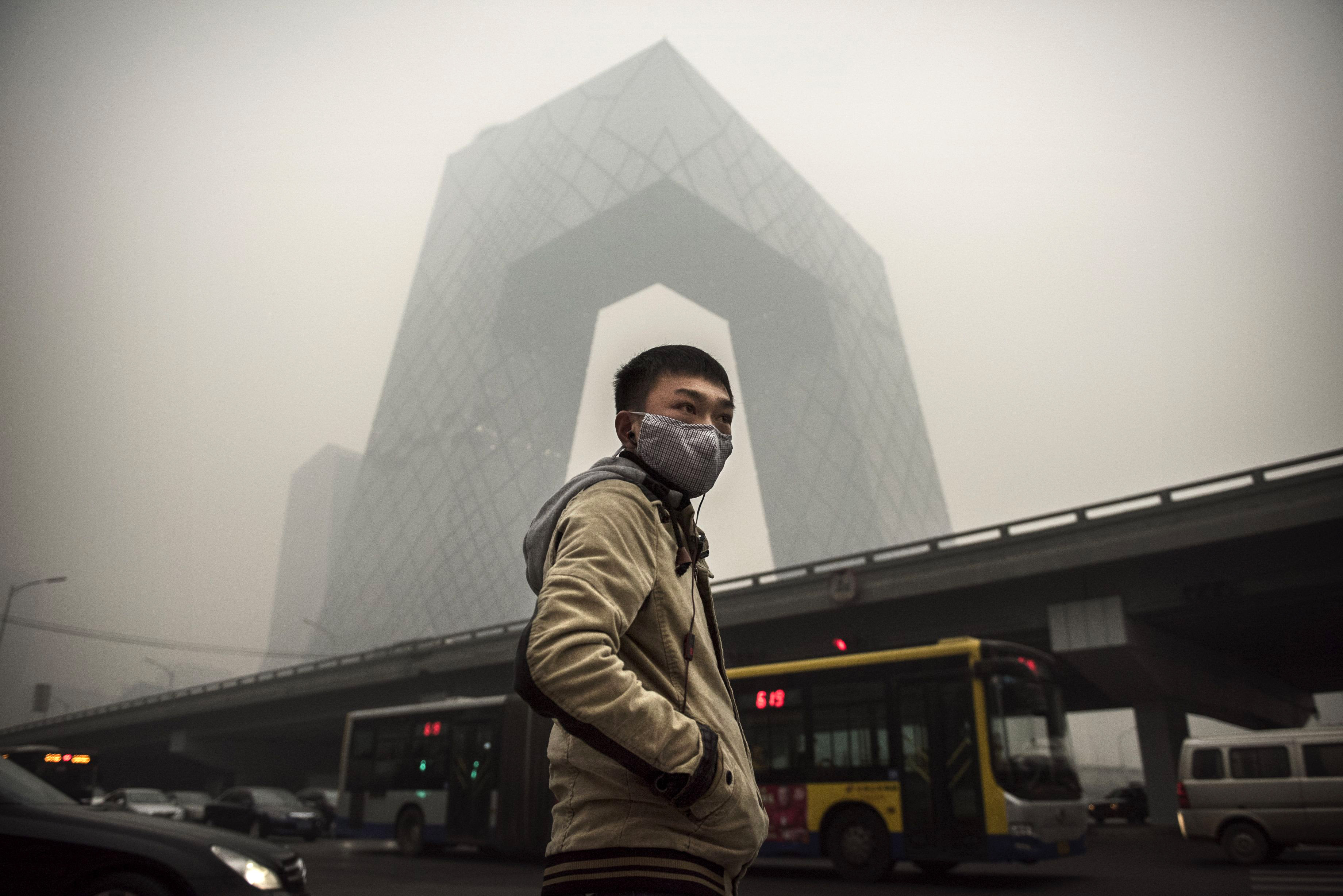 China's green revolution
China's green revolutionThe Explainer The world's worst polluter is worried about climate change, and is now the biggest global investor in green technology
-
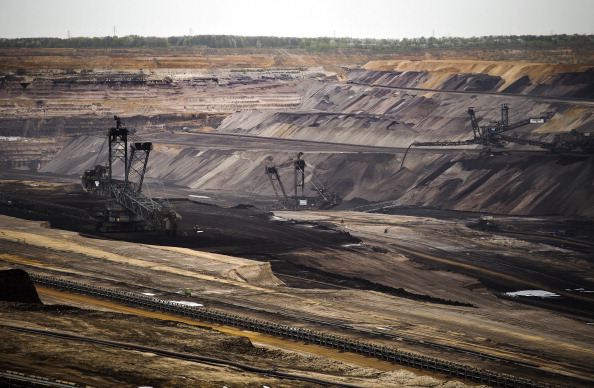 The end of coal?
The end of coal?The Explainer To avoid catastrophic climate change, scientists say, we'll have to abandon the cheapest fossil fuel
-
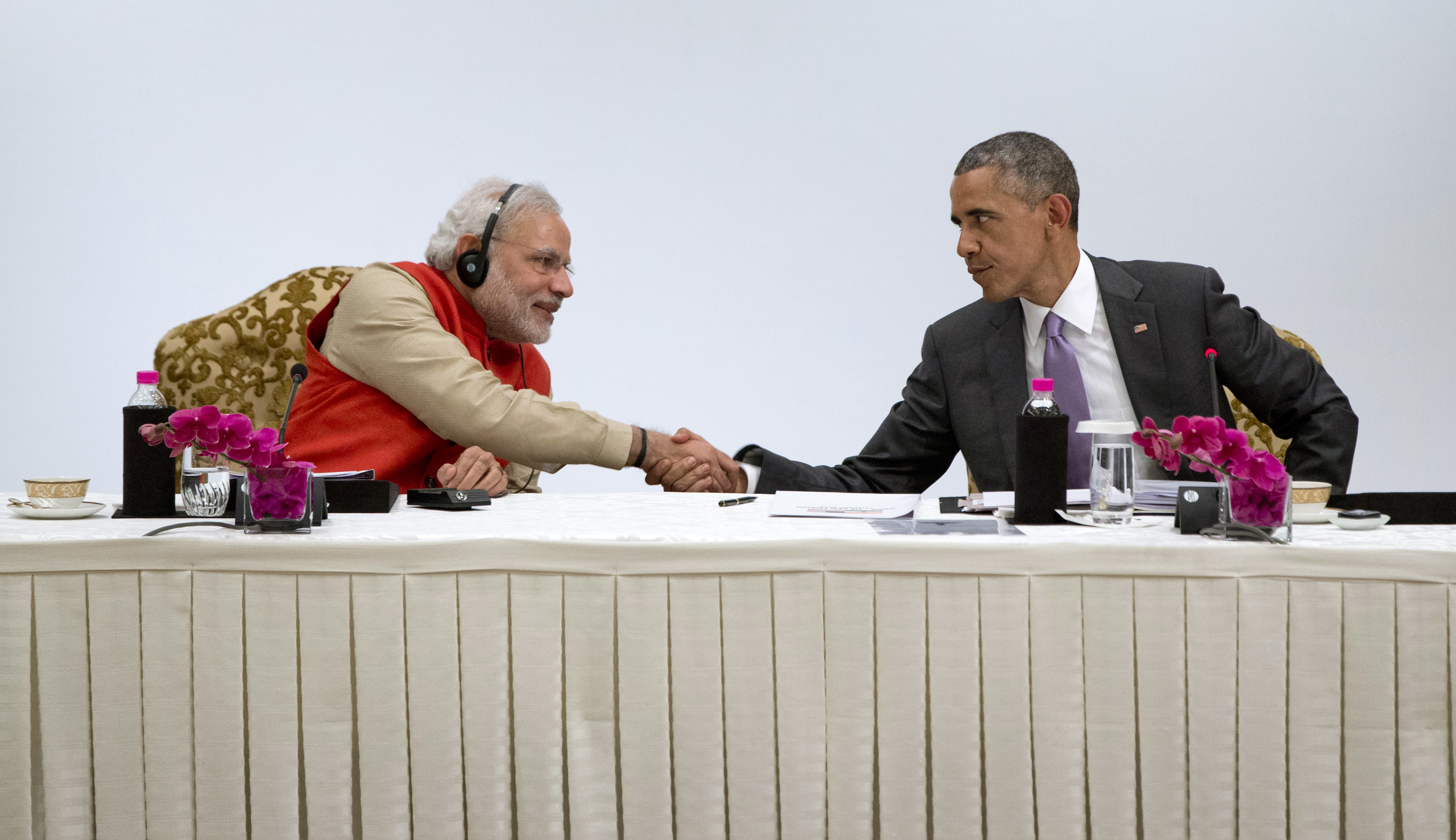 The U.S.-India climate change deal: President Obama is on a roll
The U.S.-India climate change deal: President Obama is on a rollThe Explainer Two cheers for the U.S.-India climate deal
-
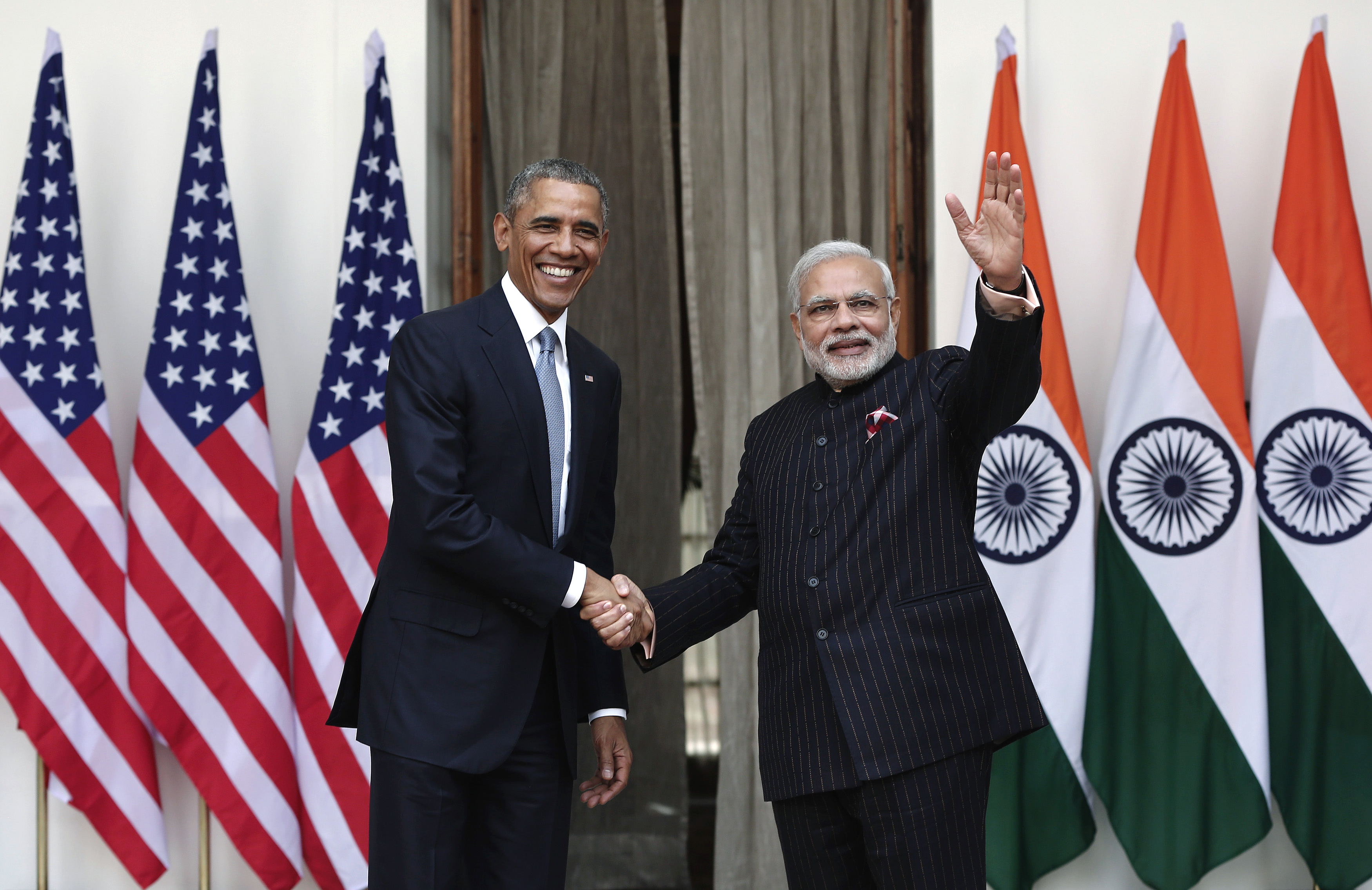 Obama won't be able to repeat his China climate change deal in India. Here's the next best thing.
Obama won't be able to repeat his China climate change deal in India. Here's the next best thing.The Explainer But here's the next best thing
